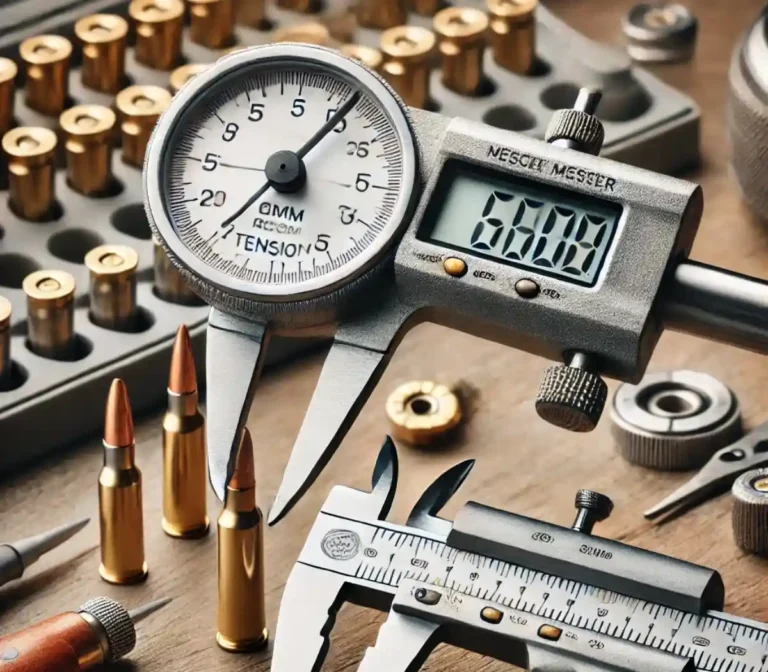How to Match Oil Filtration to Machine Needs
Lube oil neatness is essential for the dependable activity of hardware parts like course, oil filtration solution in pakistan, pinion wheels, and hydrodynamics. Inability to stick to neatness guidelines can bring about slow activity, excessive wear, and untimely disappointment.
This article gives a short outline of suitable oil filtration practices and rules.
Run of the mill Contaminants
While oil painting takes many structures, the accompanying three arrangements cover most current issues,
1.Dirt
Dust and strong impurities creep in from the encompassing air. Impurities could incorporate metal chips from machining, rust and wear items from seals, direction and cog wheels, center sand from castings, weld spatters from welding, paint drops from painted surfaces, and ash from diesel motors.
2.Water
The most problematic sources are buildup, more relaxed holes, organ spillage, and seal spillage.
3.Sludge
This structures principally because of essential oil oxidation, particularly at high temperatures. Amassing fine particles may occupy freedom spaces by silting, bringing about inconsistent activity, and staying water-driven framework valves and variable stream siphons.
Different filtration details are expected for every one of these toxins. With particulates, the most significant molecule size ought to be kept underneath the base thickness of the liquid film. Table 1 gives run-of-the-mill scopes of film thickness prerequisites for modern framework parts.
Any free dampness might advance rust and ooze with water by responding with oil-added substances and metal surfaces. The bare furthest reaches of free water in the ointment is the sum that makes the liquid film flop in the heap zone.
Channel Performance Factors
Before choosing a suitable channel, the accompanying should be inspected:
- Requests Imposed by Machinery Components – oil consistency at the working temperature, oil feed rate, and allowable tension drop.
- Anticipated Size, Type, and Level of Contaminants – the ingression and arrangement pace of natural residue, metal chips, fly debris, wear particles, water, and different toxins.
Many oil filtration units include little cartridges with stream limits up to three to five gallons each moment (GPM). An arrangement of more modest cartridges is organized into a filtration unit to expand the applicable stream rates. The accompanying variables give rules for choosing these channel units and potential other options.
Molecule Size. Film thickness information in Table 1 addresses the estimated filtration levels that would support the ideal security from particles. More modest particles will uninhibitedly go through the heap zone yet wear advances rapidly as their size draws near or surpasses the base film thickness.
In ball and moving component heading where elastohydrodynamic oil wins, more significant rough impurities will generally cause surface harm as microspalls joined by abbreviated weakness life, oil filtration solution in pakistan.
Ordinary Filtration in Circulating Oil Systems
As a general rule, a channel chosen with an ostensible rating to match these necessities will eliminate most of the bigger particles. It should be remember, in any case, that excessively fine of a channel might be unwanted in light of the chance of obstructing, which requires regular support. Likewise, in light of the enormous strain drop across a channel, the power misfortunes could become over the top.
Regardless of this molecule size rule, little harm is average with delicate impurities, for example, pieces of material, paper, plastics, and different particles with not precisely around 33% of the hardness of the greased-up surfaces.
Disconnected hard particles, for example, weld dots or metal chips, can likewise be obliged without critical harm by implanting in the delicate babbitt covering of an oil-film bearing. This happens provided that particles insert themselves entirely into the liner.
Be that as it may, a grating impurity can crash through the coating and scaffold itself across the hole between the shaft and the bushing. As well as scoring the shaft, there is the chance of high neighborhood temperatures prompting scraping and bearing disappointment.
Wear can be advanced quickly by a machine turning at diminished speeds
Which decreases the grease film thickness. For example, during ordinary working velocities, acceptable fly debris will go uninhibitedly through hardware heading in a coal-consuming electric power station without causing harm.
Be that as it may, when the rotational speed drops to five to 10 rpm, the orientation in a steam turbine are helpless to unreasonable wear because of decreased film thickness and the related decrease in the leeway for the pollutants.
A similar circumstance might be experience in a fan’s sleeve or metal rollers during slow-speed windmilling. Research likewise shows that in hydrodynamic orientation, there is an opportunity for high frictional misfortune and temperature climb with the enormous grouping of little particles.
Commonplace channel evaluations for modern flowing oil frameworks are give in Table
Channel Flow Characteristics. Cartridge components in an oil channel chamber should match the oil stream, pressure drop impediment, and foreign substance level. Surface channels (Figure 2) are the best option for restricted measures of strong pollutants in gas and steam turbines, blowers, and electric engines.
These creased paper channels gather foreign substances on their surface while permitting high stream rates with little tension drop.
Creased Paper-type Filter Cartridges (Courtesy Pall Corp.)
Profundity type channels ought to be consider for applications including weighty degrees of heresy, for example, steel and paper plants equipment. In these applications, surface channels would rapidly lose their stream limit.
Profundity-type channels, then again, are fit for eliminating particles all through the profundity of the channel material. Instances of these channels incorporate cotton-squander pressing, injury yarn, wire fleece, fiberglass, cellulose, and granular materials, for example, diatomaceous earth and initiated alumina powder.
Wall thickness furnishes the profundity type channel cartridge with its enormous soil expulsion limit. With twisted yarn, for example, the winding structures a heap of capacity cells for strong impurities with just the most minor stream opposition.
As messy oil takes care of, however, the external outskirts of every cartridge. Foreign substances are eliminate and held in more modest stockpiling cells close to the focal supporting center. Soil assortment then advances outward into cells of expanding size until. The channel is stacke with soil and should be supplant.
Adsorbent Filters. Utilizing the surface-dynamic properties of Fuller’s earth, charcoal, or initiated alumina, retentive channels eliminate polar materials, for example, water, and oil oxidation items. While filling in as profundity type channels to eliminate strong pollutants from the oil.
Initiated alumina channels expand the existence of phosphate ester heatproof water-powered liquids by eliminating starting debasement items. An excess of water obliterates the adequacy of retentive channels. It eliminates different polar sort substances from. The oil to debase oil execution in the turbine, paper-factory, pressure-driven, and other modern applications oil filtration solution in pakistan.
Visit fluentidea for more articles
Advantageous Oil Cleaning
A soil heap of 100 ppm in oil is the most noteworthy a profundity channel can deal with. For higher centralizations of pollutants, starter settling, centrifuging, or potentially a self-cleaning stage is require.
Settling. Getting comfortable with the framework supply regularly gives ideal first-stage oil cleansing. Bigger particles and water settle to the supplied floor. And most entrained air will be deliver at the surface while giving adequate “stay” periods.
For turbines, blowers, and electric engines with low degrees of pollution. Around five to 10 minutes of stay time is require. The settling time is around 30 minutes for greases vigorously defile by water, metal scale. And molecule fines in steel and paper plant gear.
To enhance settling, a disconnected circle from. The foundation of the supply (Figure 3) is, in many cases, the best area for pollutant evacuation.





